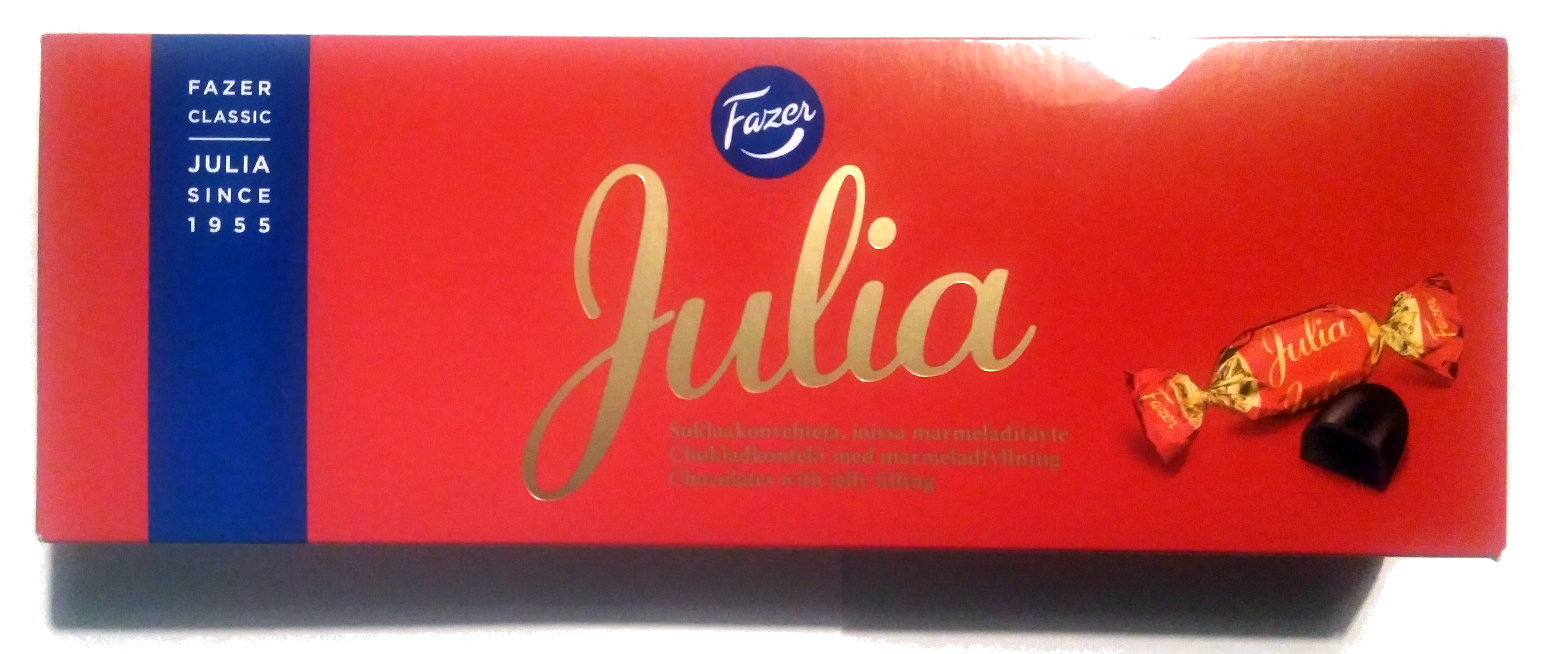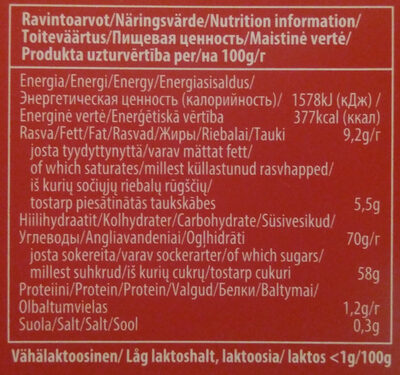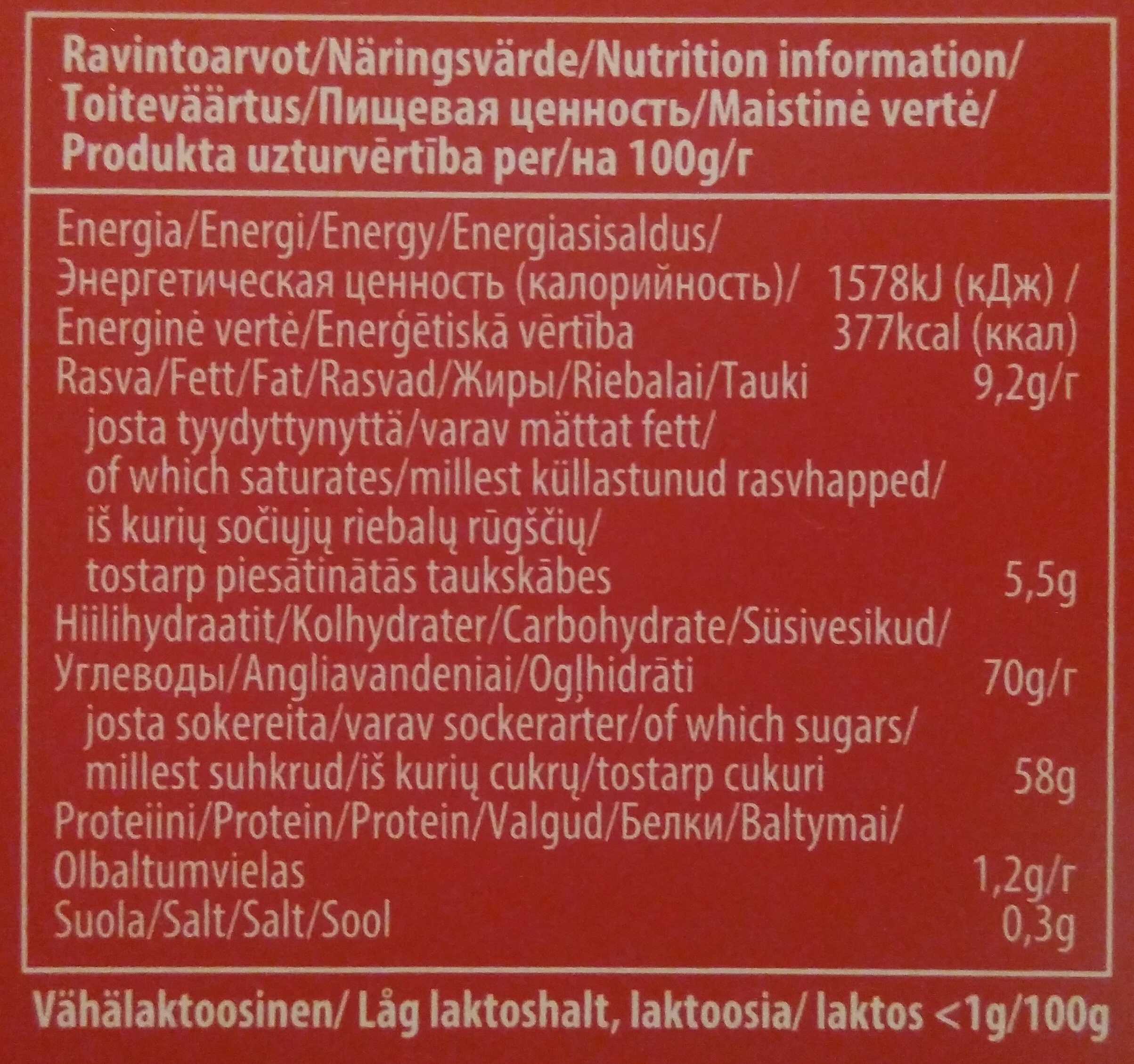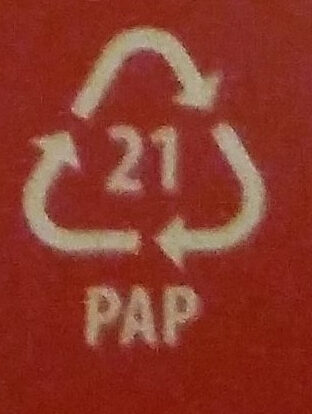Julia - Fazer - 320g
This product page is not complete. You can help to complete it by editing it and adding more data from the photos we have, or by taking more photos using the app for Android or iPhone/iPad. Thank you!
×
Barcode: 6416453071537 (EAN / EAN-13)
Common name: Chocolates with jelly filling (73%)
Quantity: 320g
Packaging: Cardboard, Non-corrugated cardboard
Brands: Fazer
Categories: Snacks, Sweet snacks, Cocoa and its products, Confectioneries, Chocolate candies, Bonbons, Milk chocolate candies
Labels, certifications, awards: EAC
Link to the product page on the official site of the producer: https://www.fazer.fi/tuotteet-ja-asiakas...
Stores: K-market
Countries where sold: Finland
Matching with your preferences
Report a problem
Data sources
Product added on by jumati
Last edit of product page on by packbot.
Product page also edited by openfoodfacts-contributors.












